Optimal Timing for Porch Paint Stripping
Porch paint strippings are most effectively performed during specific weather conditions to ensure proper adhesion and removal. The optimal time typically aligns with moderate temperatures and low humidity, which facilitate safer and more efficient stripping processes. Timing can influence the quality of the paint removal and preparation for repainting.
Perform porch paint strippings when temperatures are between 50°F and 85°F for best results.
Choose days with low humidity to prevent paint from drying too quickly or unevenly during stripping.
Spring and early fall are preferred seasons due to favorable weather conditions.
Refrain from stripping during rain, snow, or very high temperatures to avoid complications.
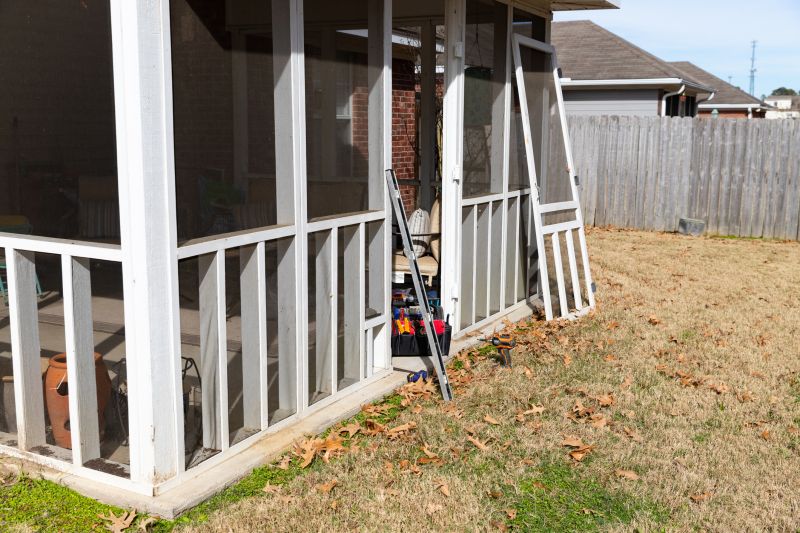
A porch being prepared during a mild, sunny spring day.
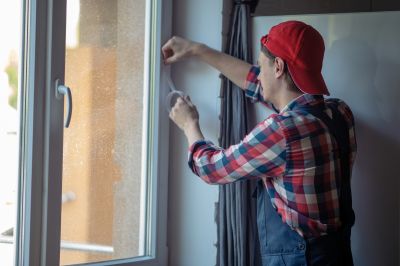
Clear sky with moderate temperature ideal for stripping projects.
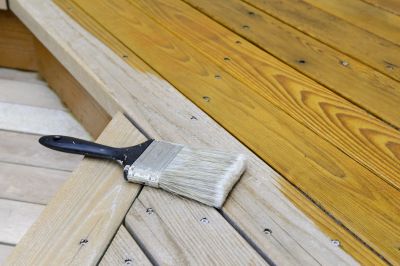
A porch in early fall with dry, cool weather suitable for paint removal.
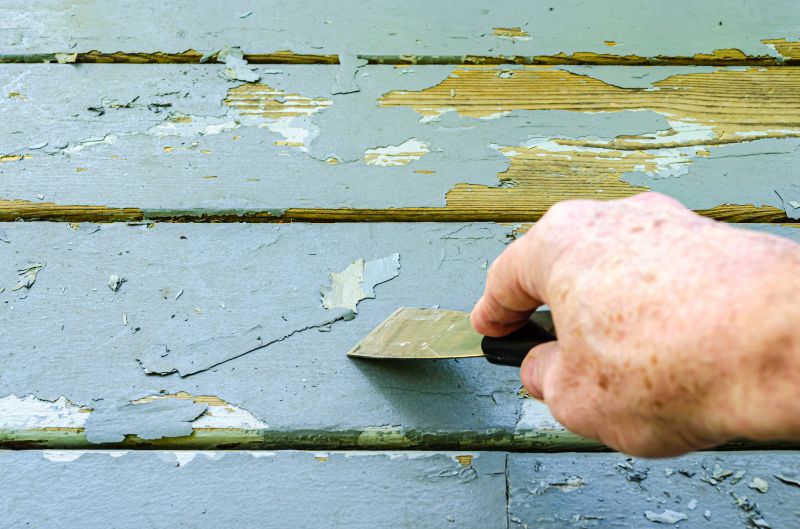
Ways to make Porch Paint Strippings work in tight or awkward layouts.

Popular materials for Porch Paint Strippings and why they hold up over time.
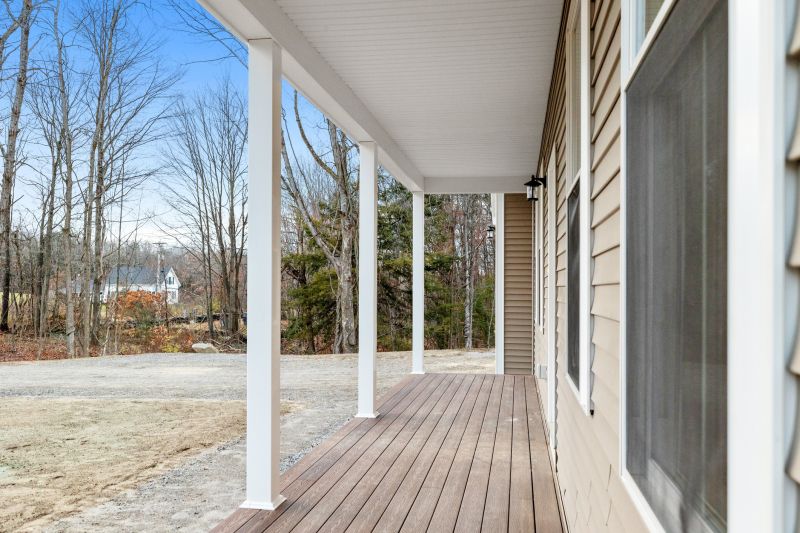
Simple add-ons that improve Porch Paint Strippings without blowing the budget.
Statistics indicate that performing paint removal during optimal weather conditions reduces the likelihood of rework and surface issues. For example, stripping during high humidity can lead to paint adhesion problems, while extreme cold can cause paint to become brittle and crack. Proper timing ensures a smooth surface and a longer-lasting finish.

Applying chemical stripper on a porch surface in suitable weather.
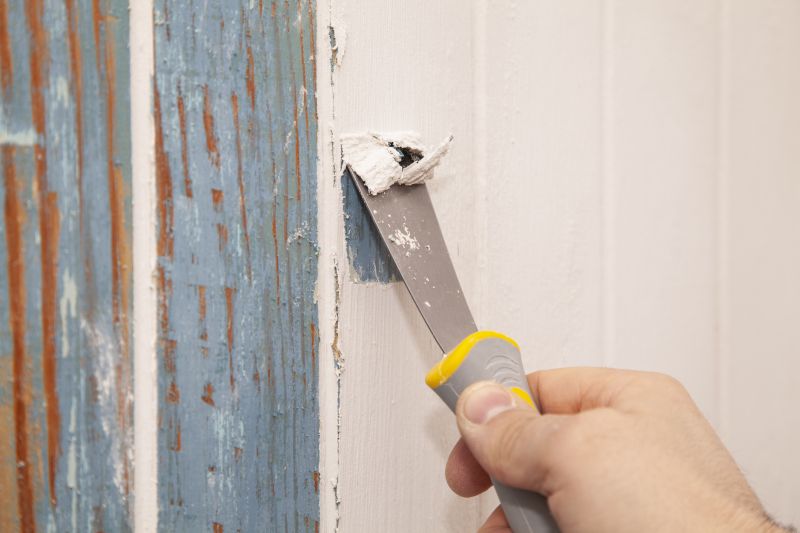
A worker scraping old paint from a porch during ideal conditions.
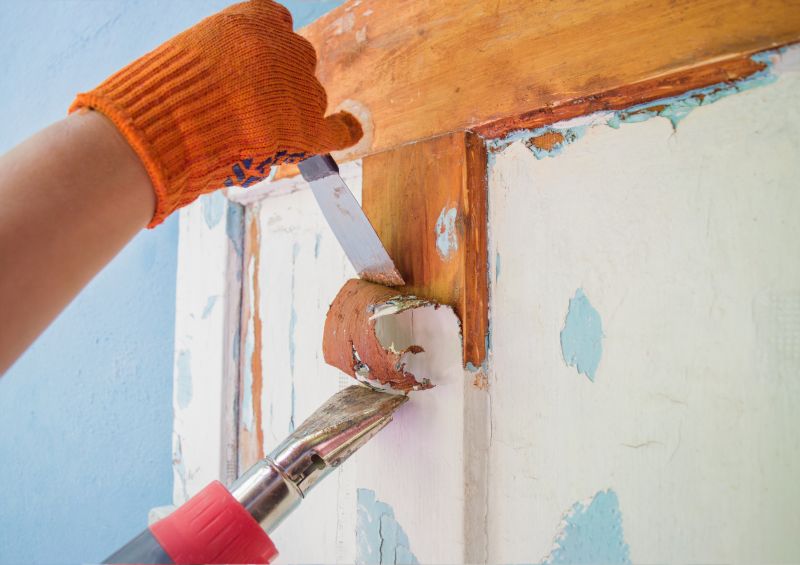
Using a heat gun to soften paint in favorable weather.
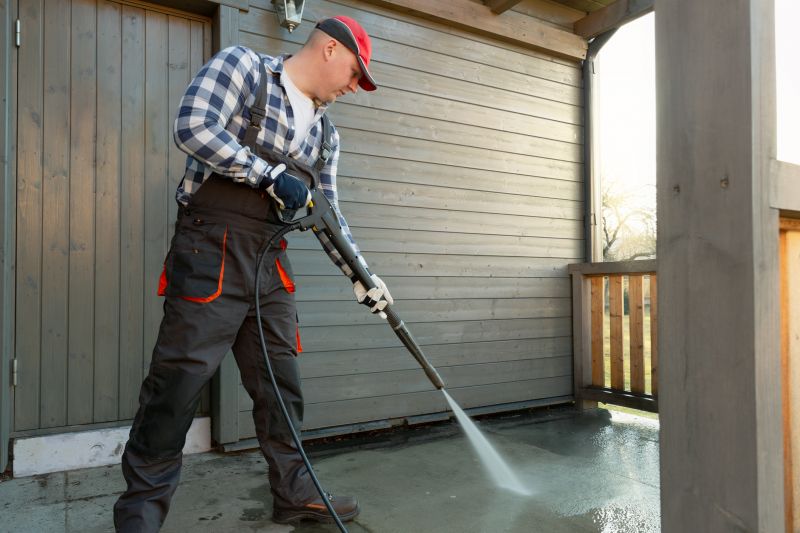
A clean, stripped porch surface prepared for repainting.
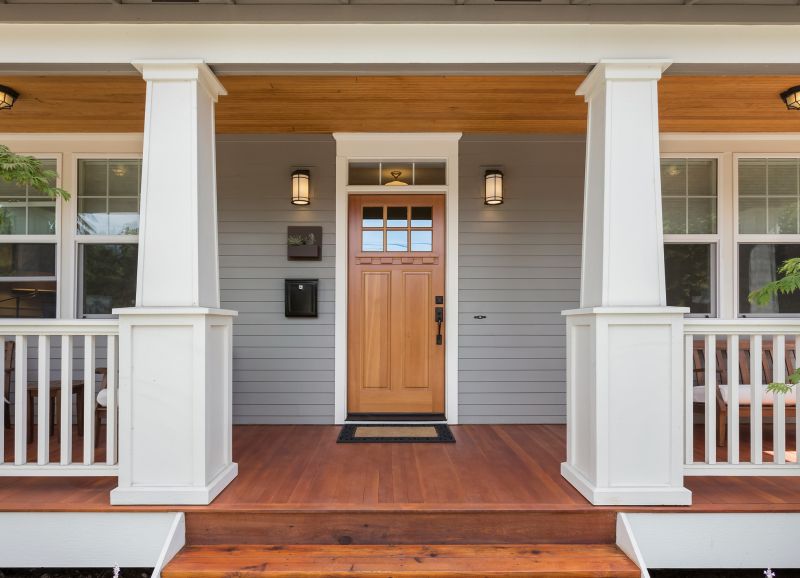
High-end options that actually feel worth it for Porch Paint Strippings.
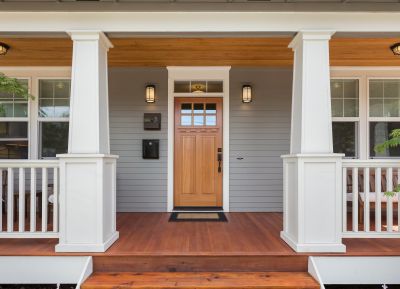
Finishes and colors that play nicely with Porch Paint Strippings.

Little measurements that prevent headaches on Porch Paint Strippings day.
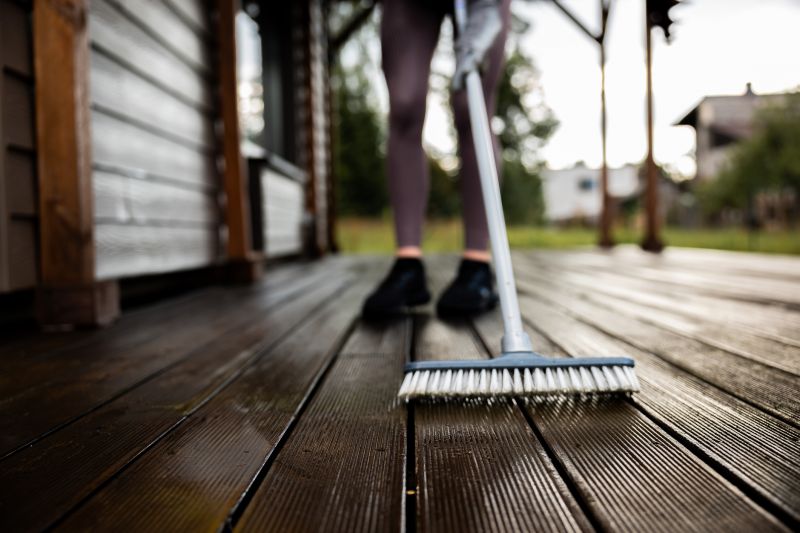
A 60-second routine that keeps Porch Paint Strippings looking new.
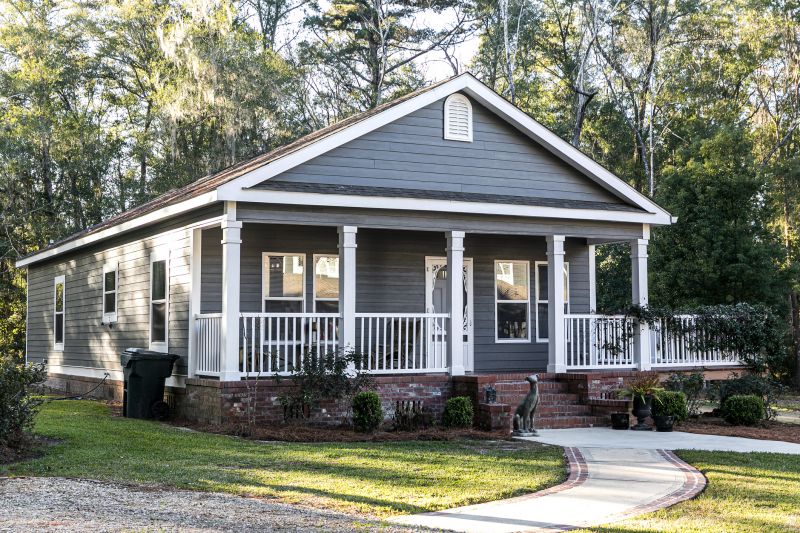
A frequent mistake in Porch Paint Strippings and how to dodge it.
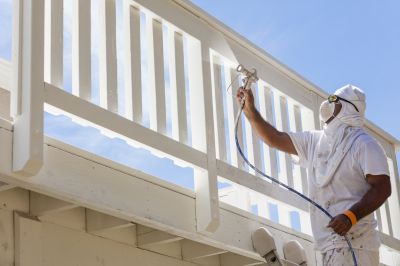
Small tweaks to make Porch Paint Strippings safer and easier to use.
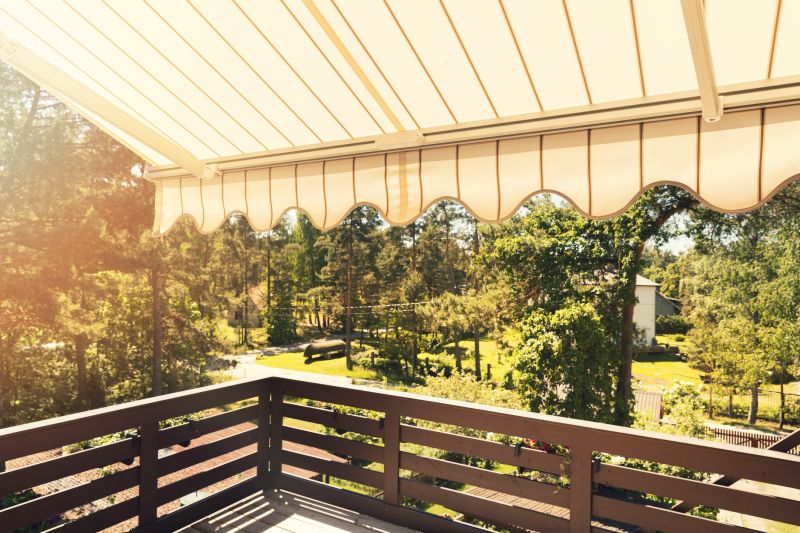
Lower-waste or water-saving choices for Porch Paint Strippings.

The short, realistic tool list for quality Porch Paint Strippings.
| Season | Ideal Conditions |
|---|---|
| Spring | Mild temperatures, low humidity, dry days |
| Early Fall | Cool, dry weather with moderate temperatures |
| Late Fall | Possible, if weather remains dry and temperatures stay above freezing |
| Summer | Possible, but avoid peak heat and high humidity |
| Winter | Generally not recommended due to cold and moisture |
Choosing the right time for porch paint strippings ensures a smoother process and better results. Monitoring weather forecasts and selecting windows with consistent moderate conditions can minimize delays and surface issues. Proper timing contributes to the longevity and quality of the new finish applied after stripping.
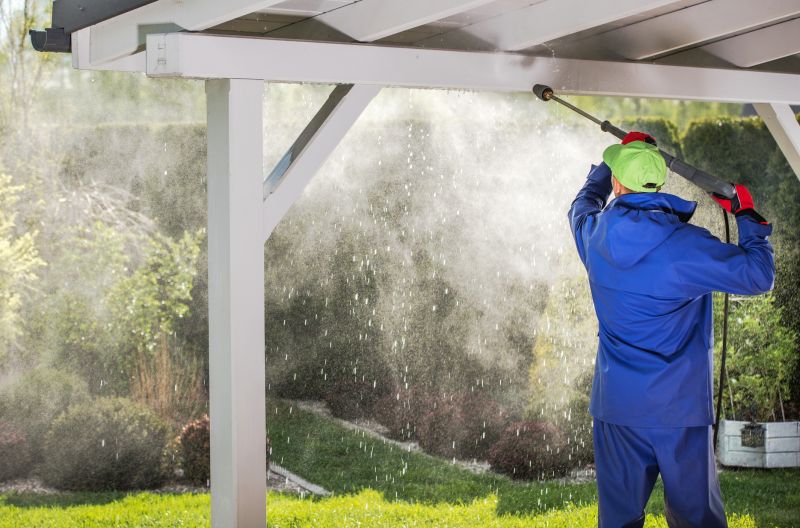
A porch being stripped under clear, mild conditions.
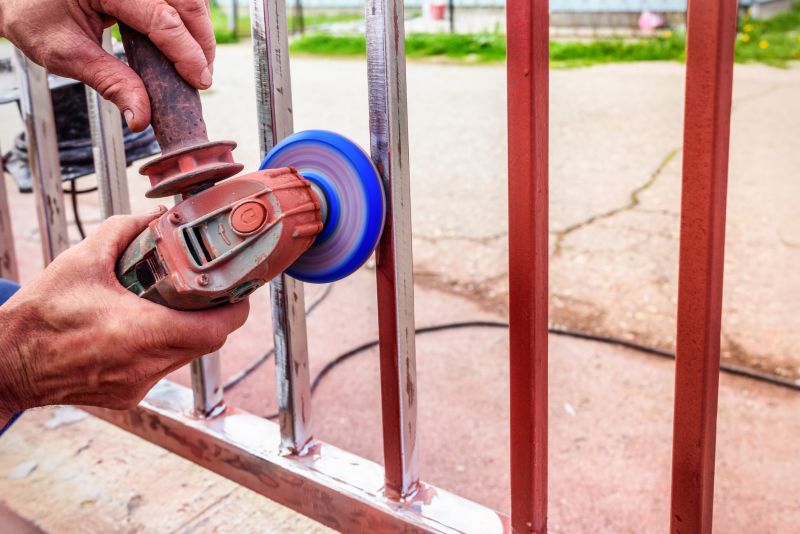
Clean surface after stripping, ready for new paint.
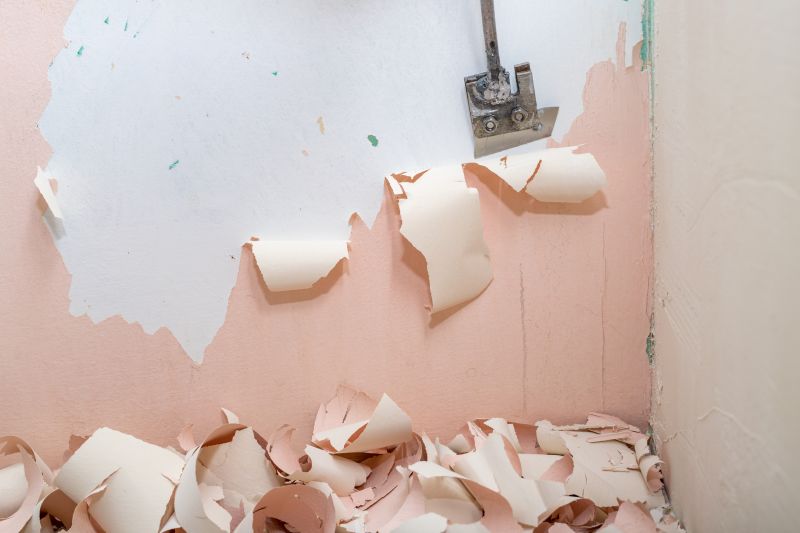
Various tools and chemicals for porch paint removal.
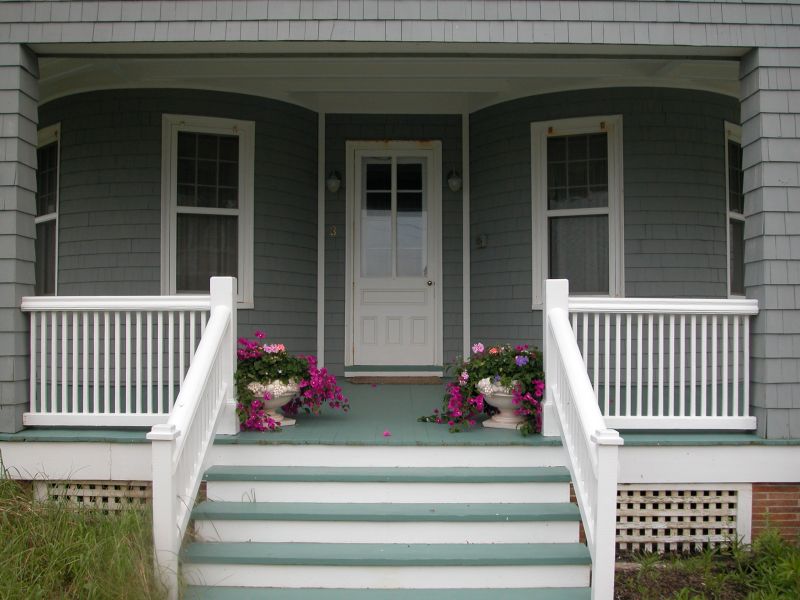
A freshly stripped porch surface awaiting paint.
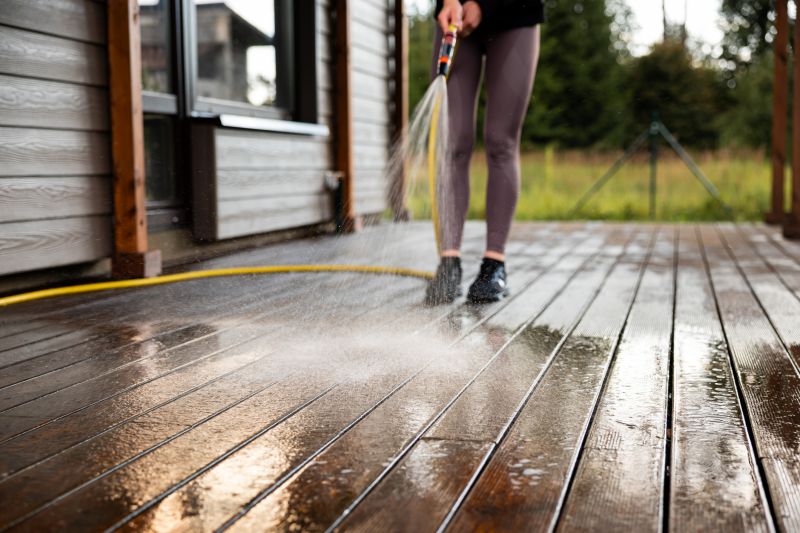
Rough timing from prep to clean-up for Porch Paint Strippings.
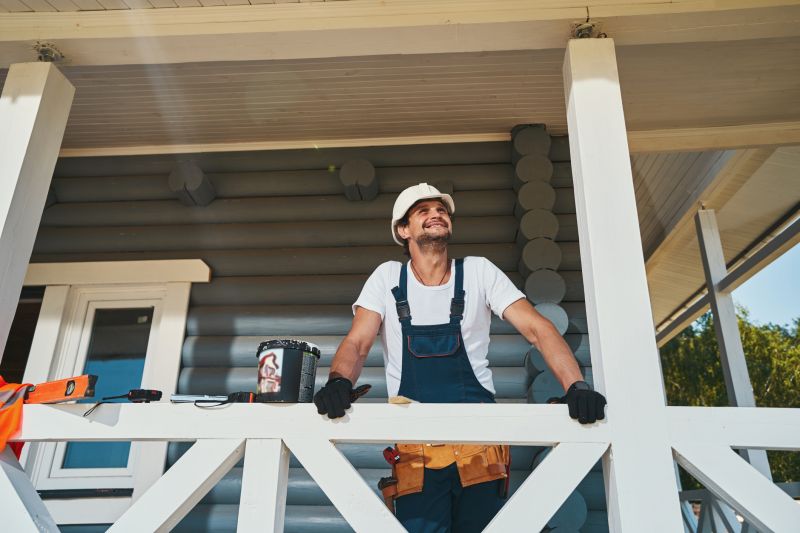
Quick checks and paperwork to keep after Porch Paint Strippings.

Examples that show the impact a good Porch Paint Strippings can make.
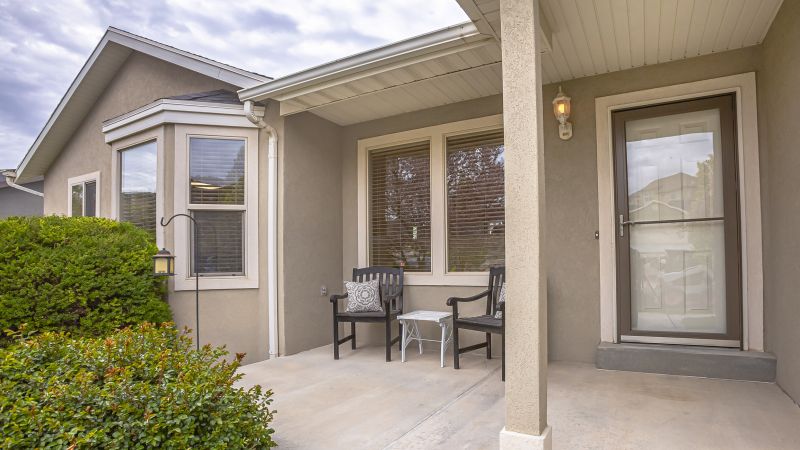
Ways to make Porch Paint Strippings work in tight or awkward layouts.
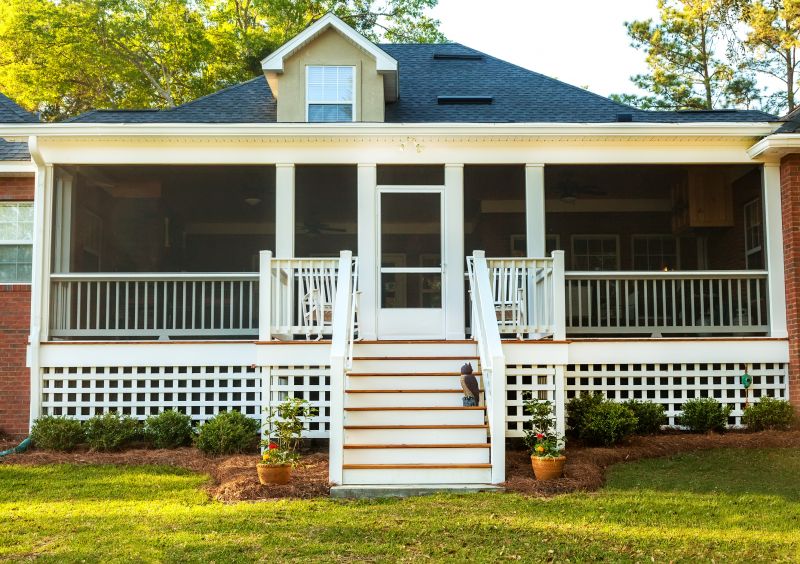
Ways to make Porch Paint Strippings work in tight or awkward layouts.
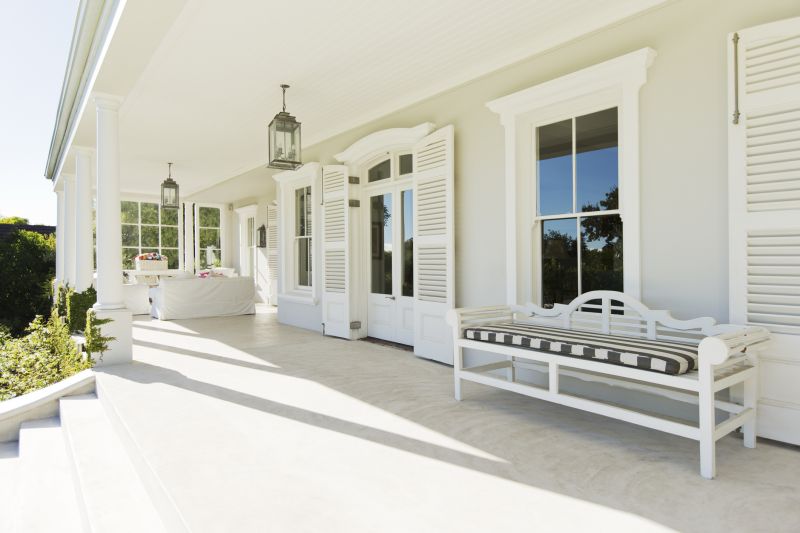
Ways to make Porch Paint Strippings work in tight or awkward layouts.
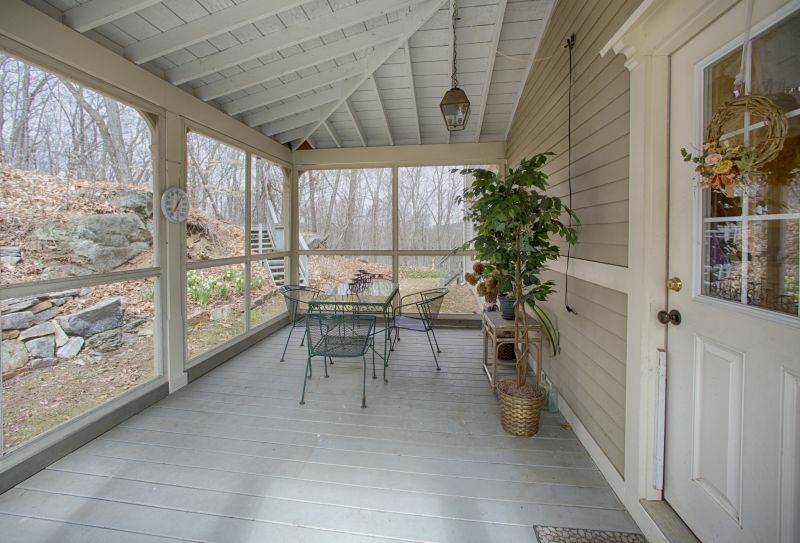
Ways to make Porch Paint Strippings work in tight or awkward layouts.

Ways to make Porch Paint Strippings work in tight or awkward layouts.
Individuals interested in porch paint strippings are encouraged to contact for further guidance and scheduling. Proper timing and preparation are key to achieving durable and attractive results in porch refinishing projects.
